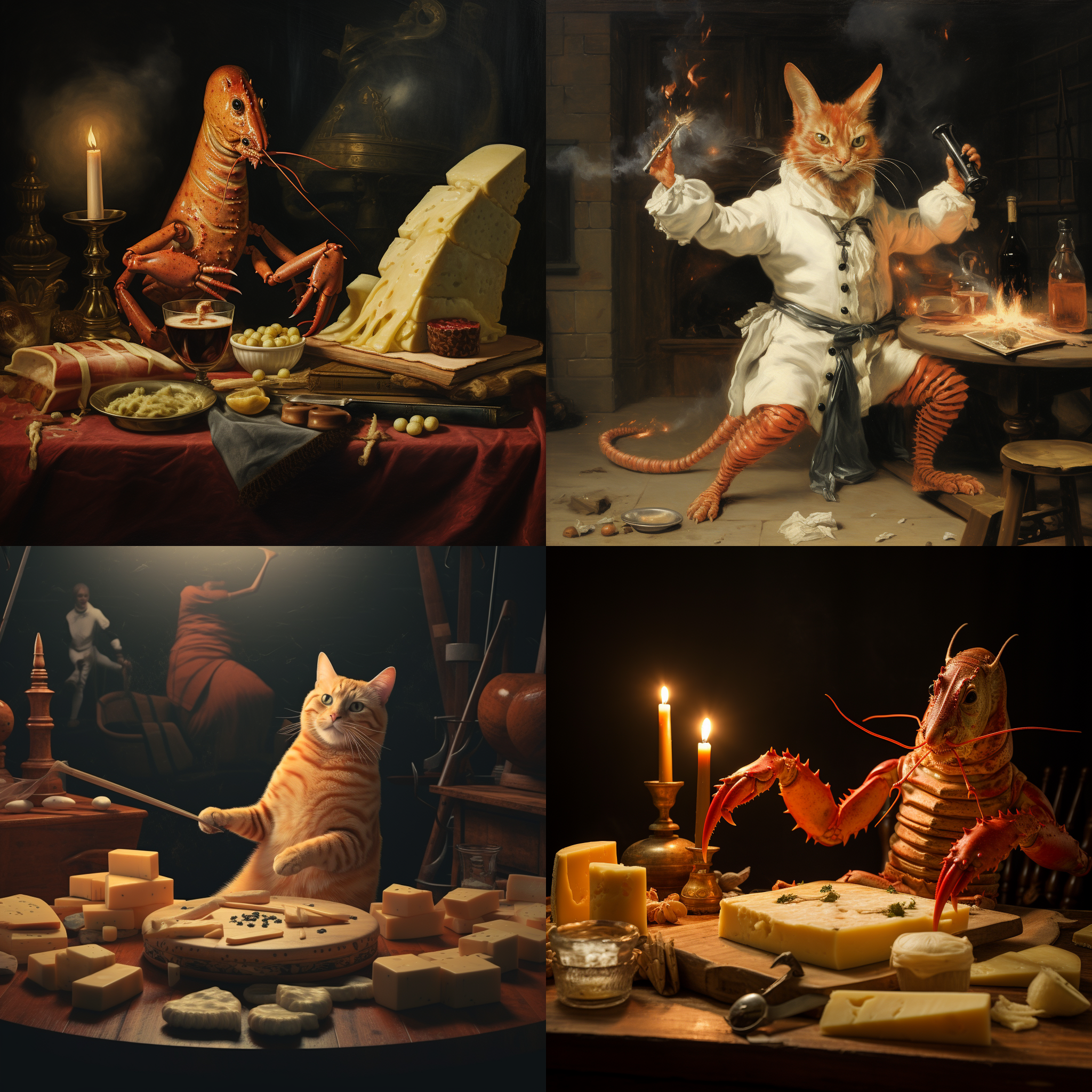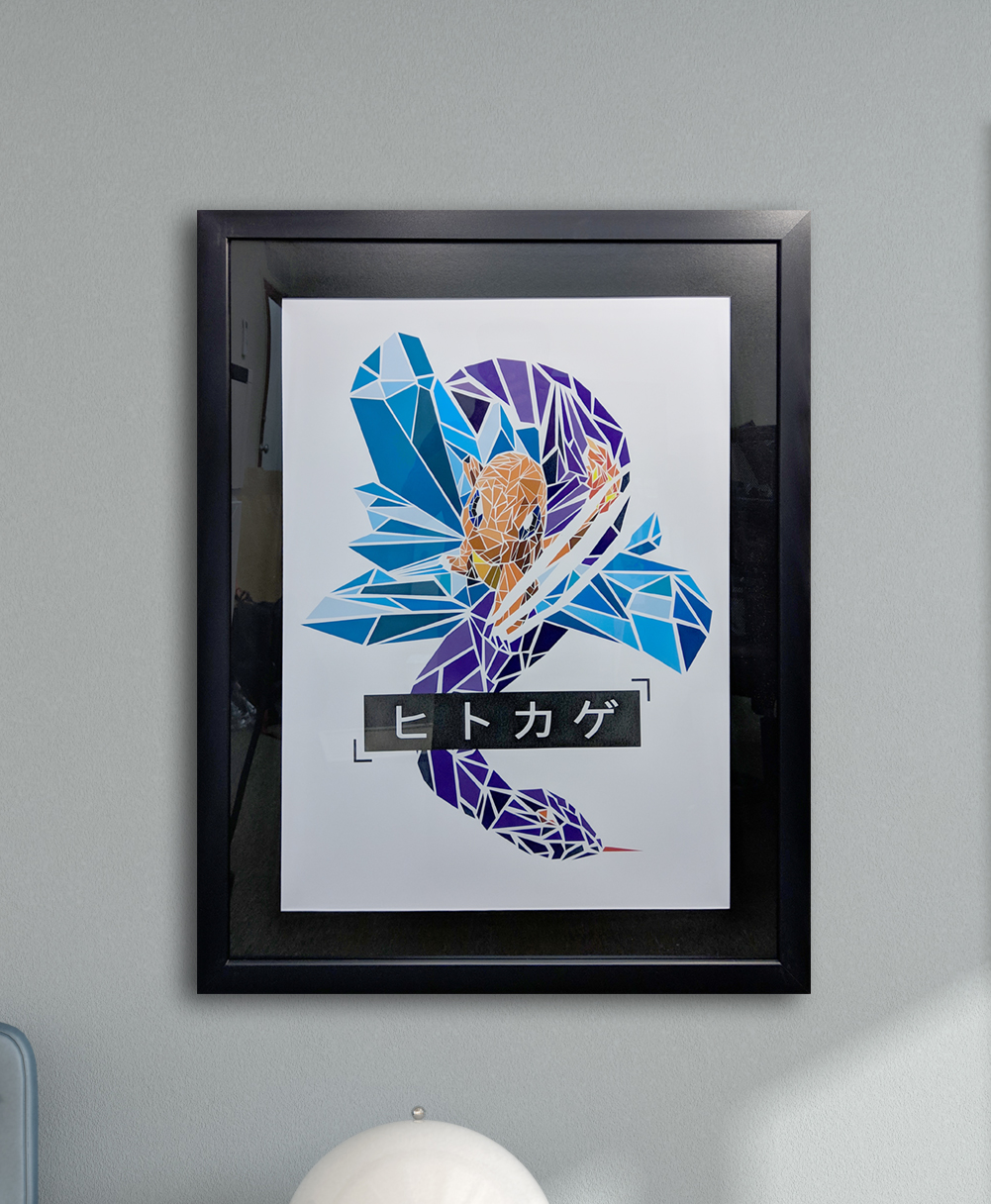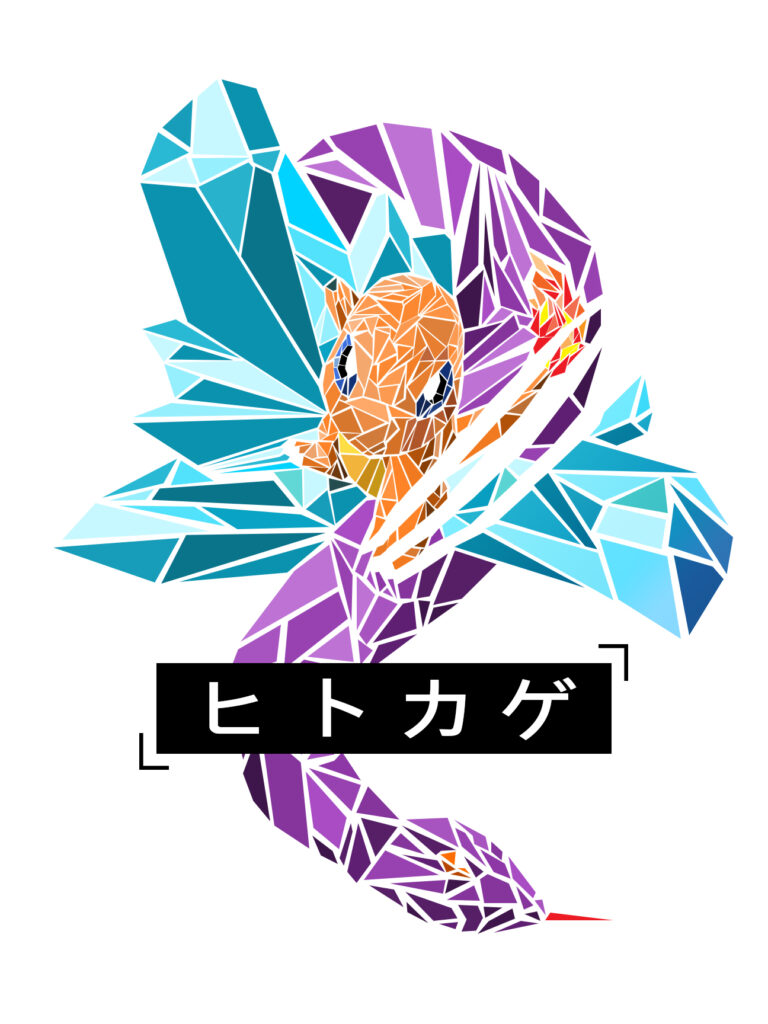This code is a fragment shader written in GLSL (OpenGL Shading Language), typically used for creating visual effects in computer graphics. It’s designed to generate a dynamic, visually engaging pattern based on mathematical functions and shader programming techniques. Here’s a description:
Description:
The shader, defined by the mainImage function, manipulates pixel colors on the screen based on various input parameters. It uses a combination of textures, time-based transformations, and trigonometric functions to create a complex and evolving visual effect.
Key Features and Formulas:
- 2D Rotation Transformation:
- The rotate2D function rotates a 2D point p by an angle tf. It uses sine and cosine functions for rotation matrix construction, providing a time-varying rotation effect due to the use of iTime.
- Texture Sampling and Waveform Manipulation:
- The shader samples from a texture channel (iChannel0) at specific coordinates to create frequency and waveform effects (fft and wave).
- Color Generation:
- Colors are dynamically generated using texture values. Different color vectors (rColor, gColor, bColor, yColor) are calculated using these values, creating a blend of colors that change over time.
- Looped Calculations for Visual Complexity:
- A loop iterates multiple times, altering variables a, b, c, d, e, f, g, h based on sine functions and distance calculations, adding complexity and depth to the visual output.
- Final Color Composition:
- The final pixel color (destColor) is a composite of the individual color vectors, modulated by the loop-calculated values. This results in a rich, multi-layered visual effect.
This shader is ideal for applications in real-time graphics rendering, such as visualizations, interactive art, or complex animation effects. The use of sinewave transformations, texture sampling, and looped color manipulations makes it a versatile tool for creating visually captivating graphic displays.




















